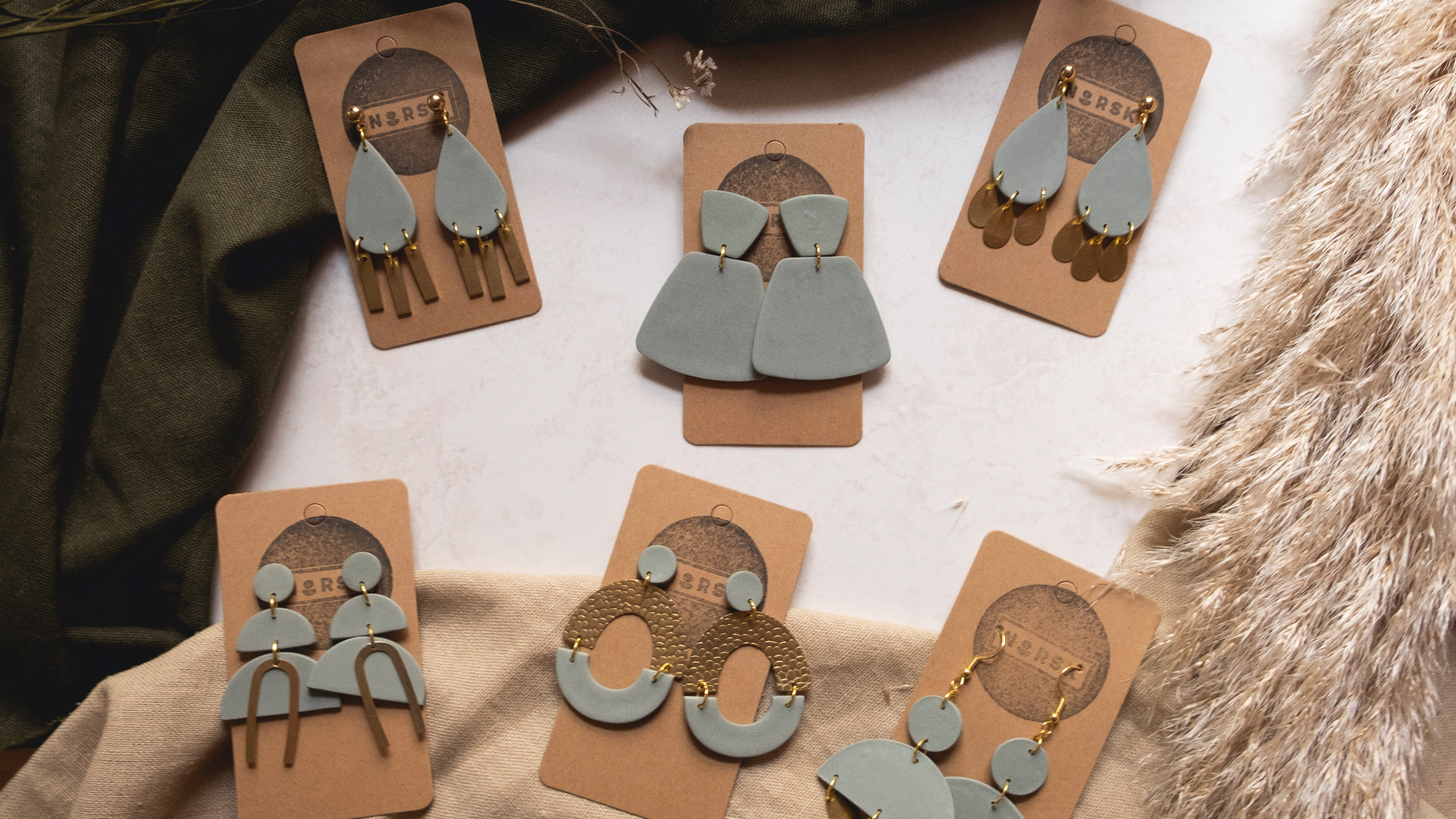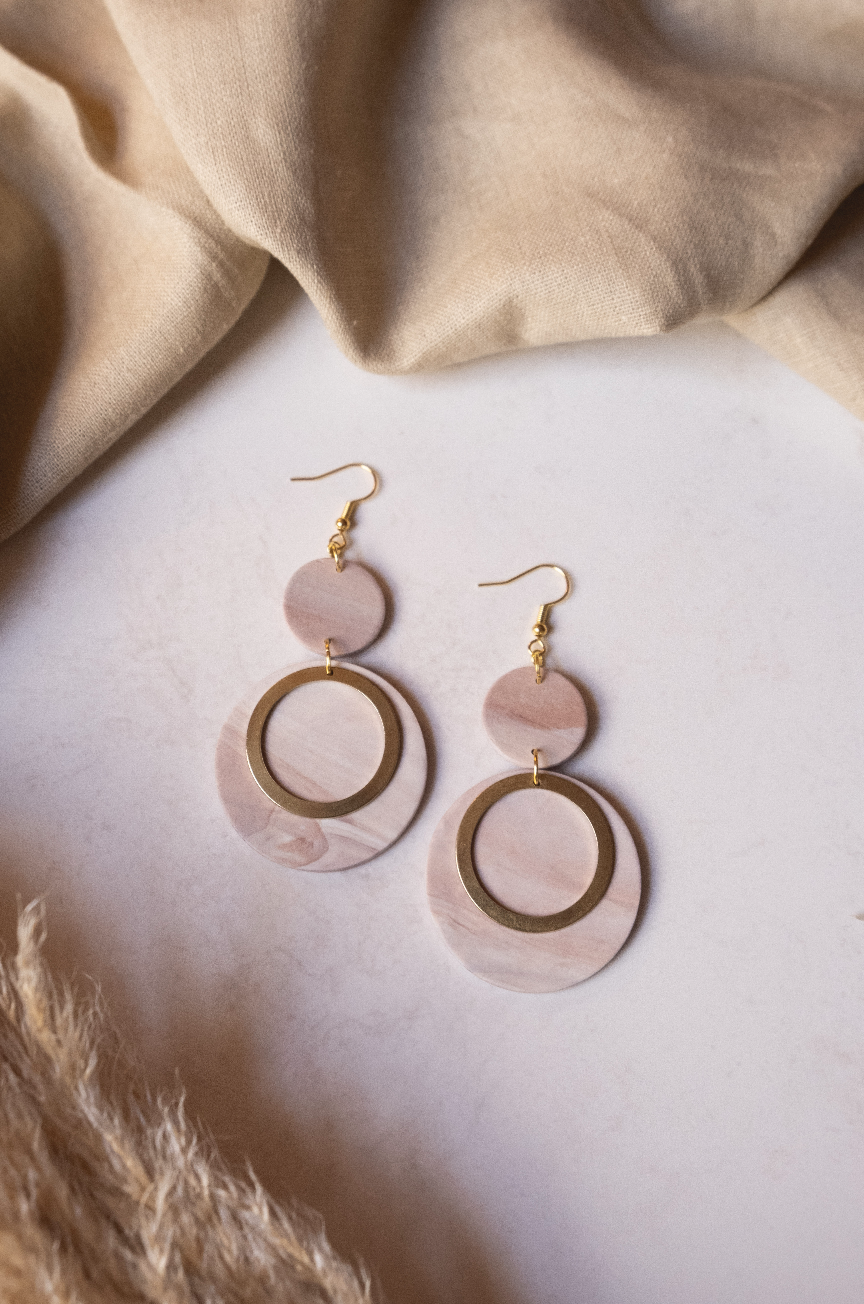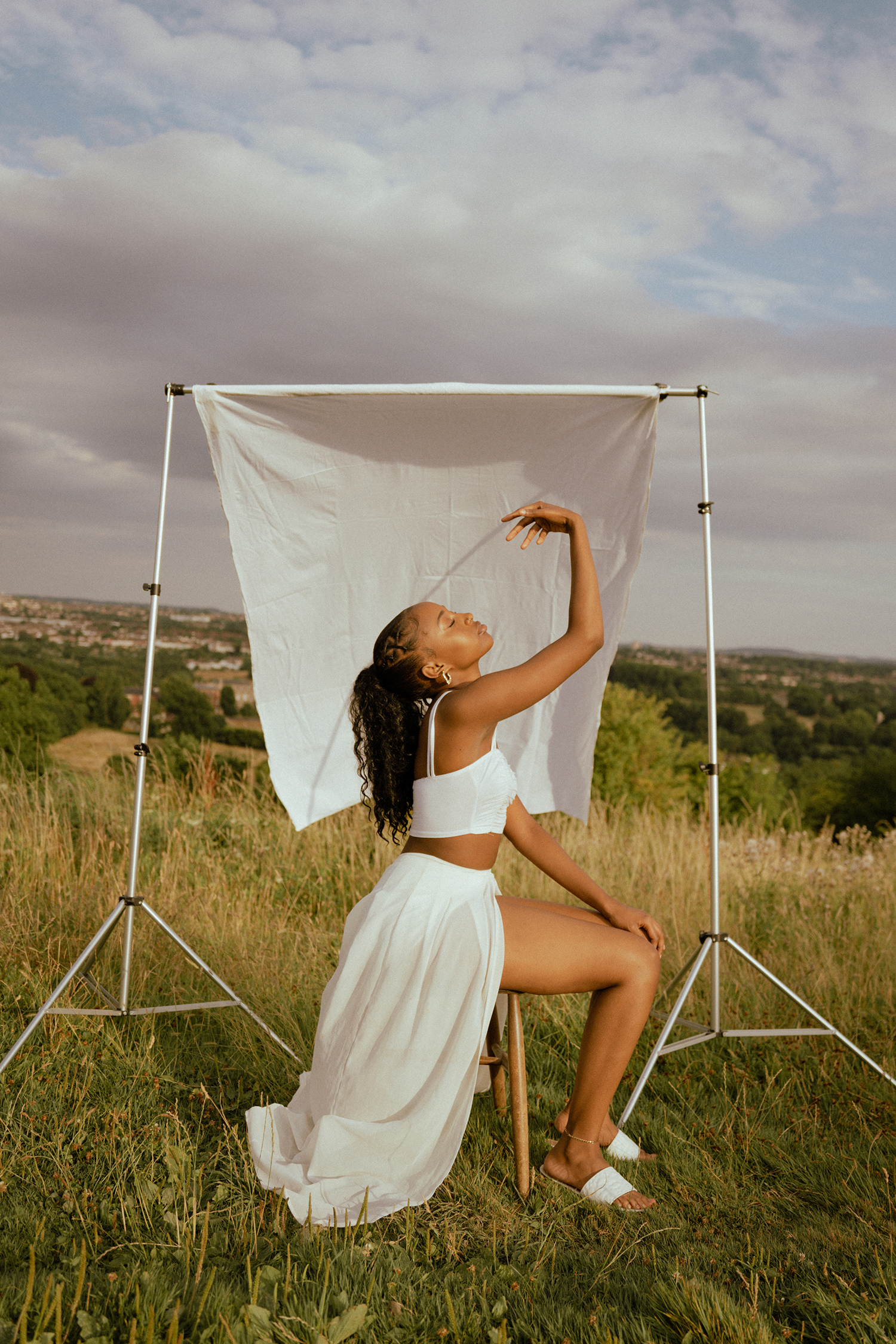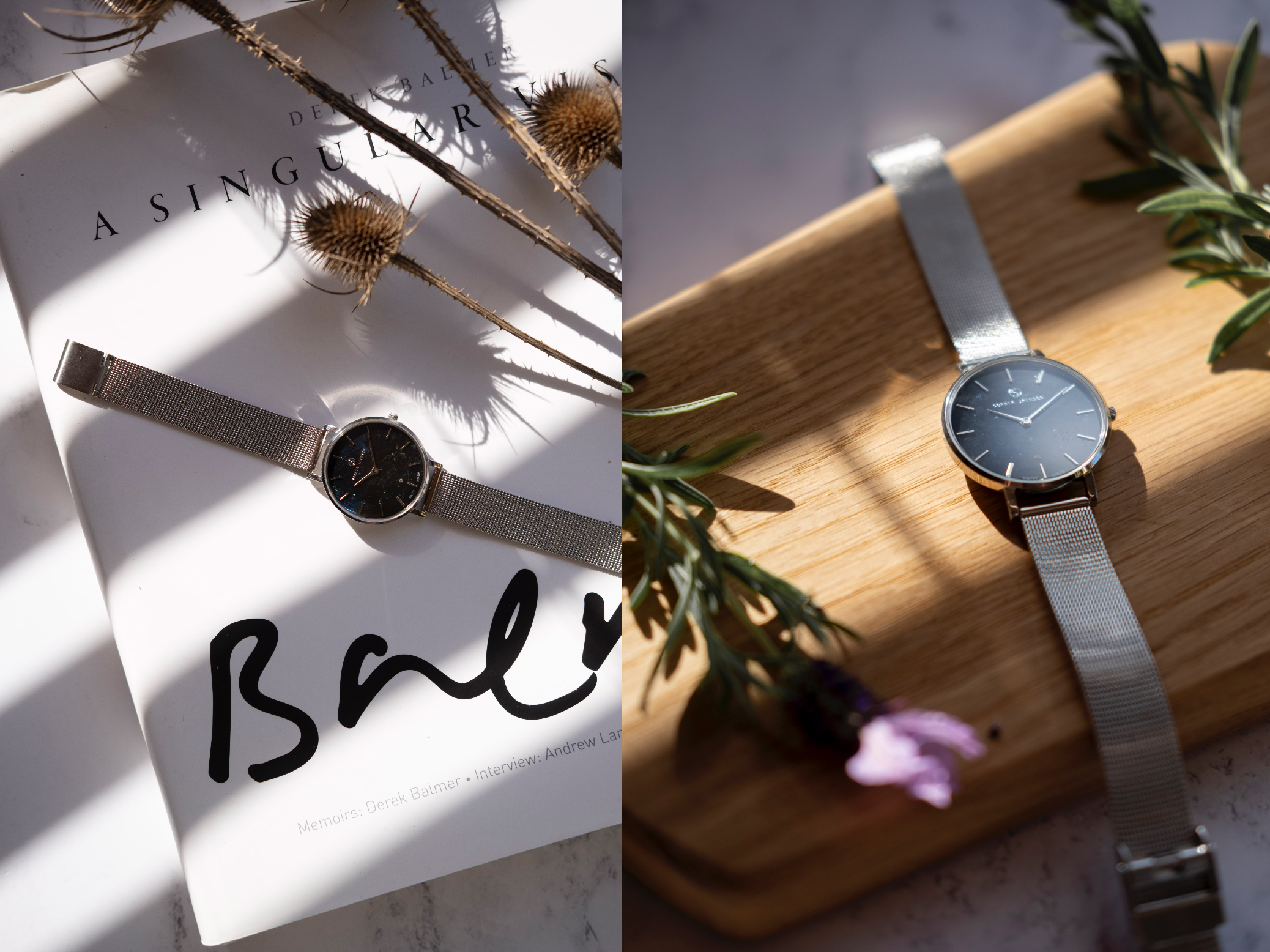Photography backdrops: transform your photos for next to nothing
You don't have to splash loads of cash to start building a collection of photography backdrops that can transform your photos

There are so many different reasons you might need to use a photography backdrop, and investing in lots of them can be an expensive game. However, there are lots of cheap everyday items you can use as photography backdrops that don’t cost a lot (if anything at all) and will add a little something extra to your photos.
Whether you’re a product or portrait photographer, chances are you would have used some of the best backdrops for photography. They come in a range of styles, prints and colors and a lot are portable which is great for taking on-location shoots. However, they’re not always cheap, and if you’re doing a one-off shoot it might not be worth the long-term investment.
• Read more: Best green screens
There are lots of alternatives you can use to official photography backdrops – especially if you’re mainly doing product photography of small items such as jewelry or collectibles. Unfortunately, if you're shooting large groups of people you may have to bite the bullet and invest in a photography backdrop but otherwise, we’ve got some great alternatives to the real thing.
Wallpaper samples
Head to your local hardware store and you’re bound to be able to get free samples of wallpaper. These are great for adding texture to your photos and you’ll be surprised at how real some of the prints can look. With so many colors and styles to choose from such as wood effect, mottled colors and metallic, you’re bound to find something that will suit the aesthetic of your shoot.
Tiles

Spare tiles from recent renovations are not only a great way to make use of waste materials but also can look great in photo shoots. If you haven’t recently had a new bathroom, kitchen, or floor fitted however you can just head to a hardware store and buy a few different ones. Neutral colors are great for combining with other textures such as wood or metals or if you want a pop of color you can go for something more vibrant.
Color paper and card
If you don’t have the need for a massive background roll you can pop to your local craft store and buy colored paper instead. Most good craft stores will sell individual pieces of colored card or paper in sizes up to A0 which is plenty big enough if you’re shooting jewelry or watches, food, or even portraits. Don’t worry if the paper doesn’t cover the entire background of your model, there are nifty ways you can extend it in Adobe Photoshop.
Get the Digital Camera World Newsletter
The best camera deals, reviews, product advice, and unmissable photography news, direct to your inbox!
Fabric

Investing in a few meters of different fabric is a great way of adding texture and color to your work. You could use anything from a bed sheet to curtains or anything else you have lying around the house. Alternatively, head to your local haberdashery and buy a few choice fabrics by the meter. You won't have to spend a lot of money to get a good variety of materials and should they get dirty they're easy to clean.
Books, magazines and household items

Glossy magazines such as Vogue or Elle can make great backdrops if you're shooting beauty products or jewelry. Similarly, your stereotypical artsy coffee table books can also add a certain aesthetic and are great for layering with other materials and textures. Decorative bowls, chopping boards or serving platters can also make great photography backgrounds if you're shooting small items.

Having studied Journalism and Public Relations at the University of the West of England Hannah developed a love for photography through a module on photojournalism. She specializes in Portrait, Fashion and lifestyle photography but has more recently branched out in the world of stylized product photography. Hannah spent three years working at Wex Photo Video as a Senior Sales Assistant, using her experience and knowledge of cameras to help people buy the equipment that is right for them. With eight years experience working with studio lighting, Hannah has run many successful workshops teaching people how to use different lighting setups.
